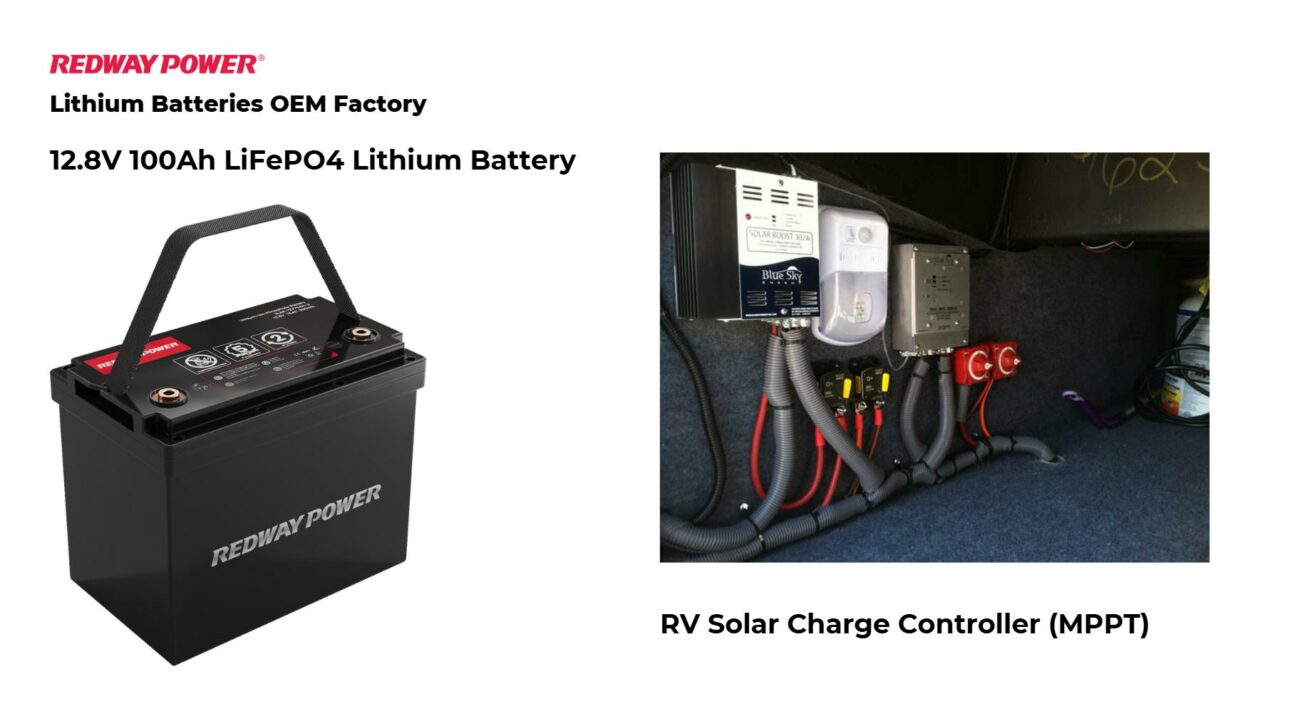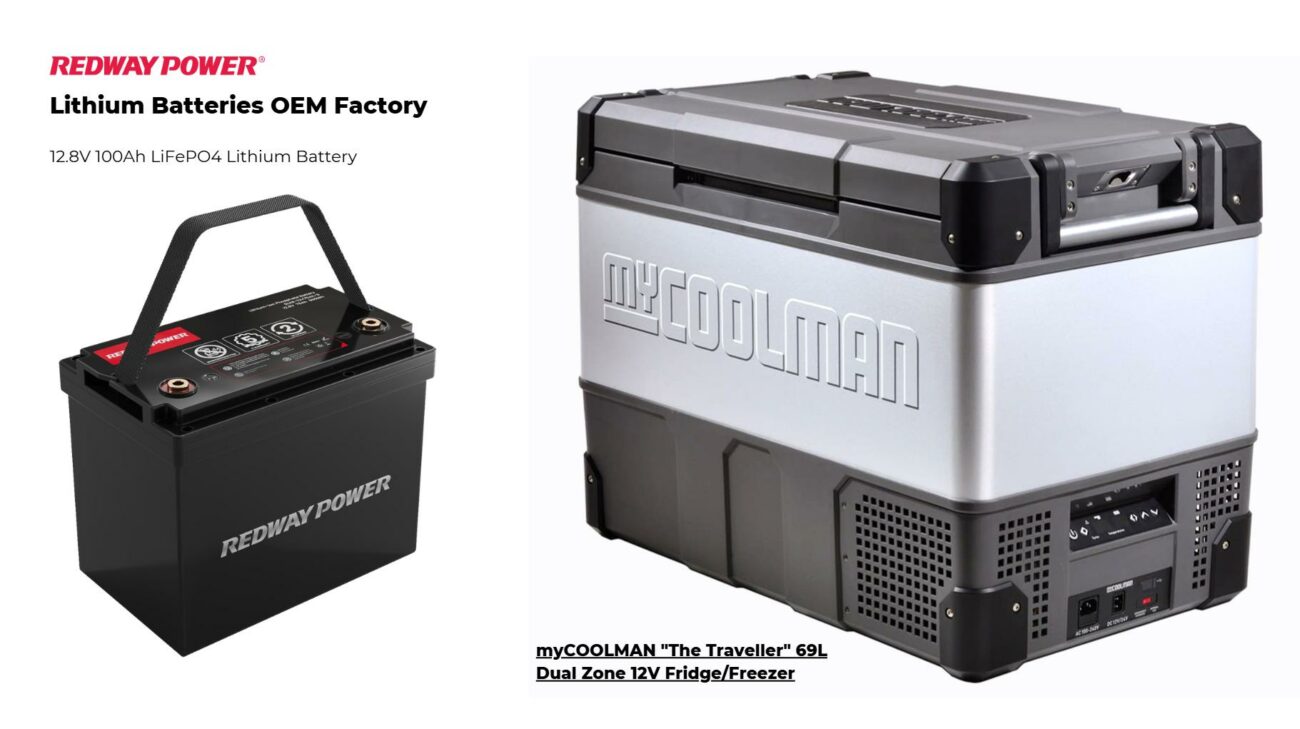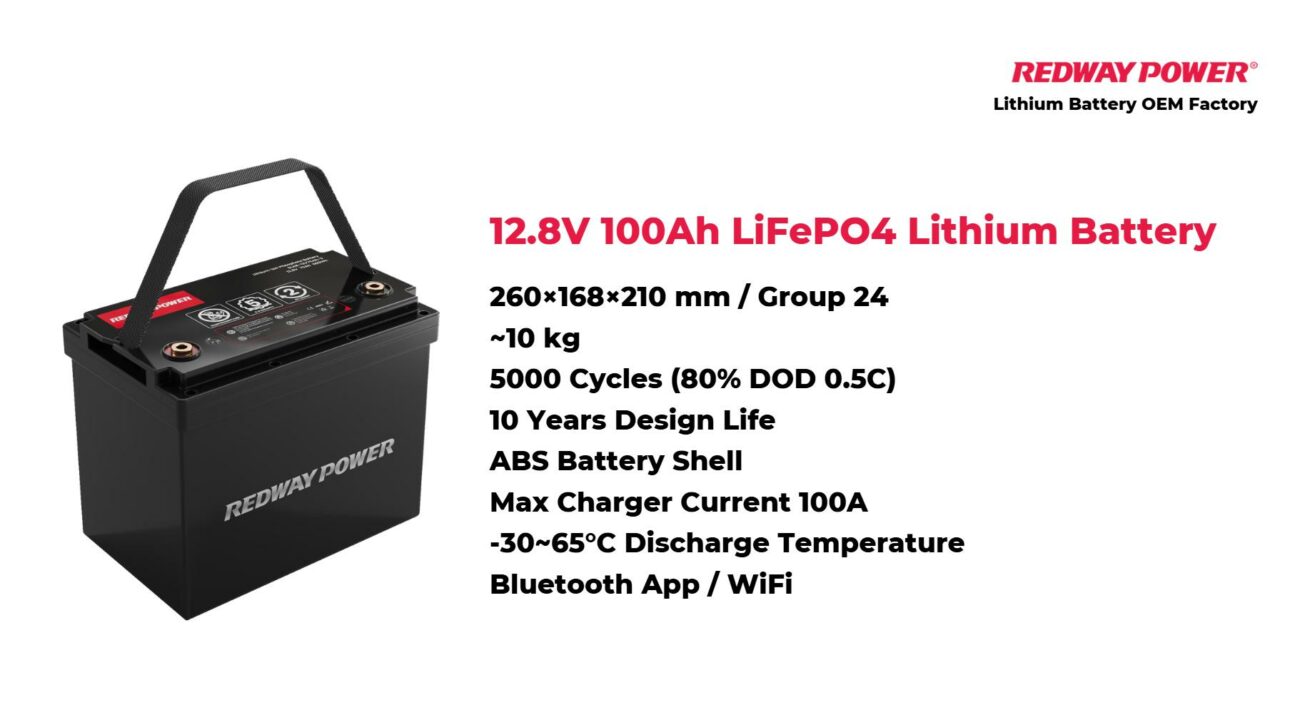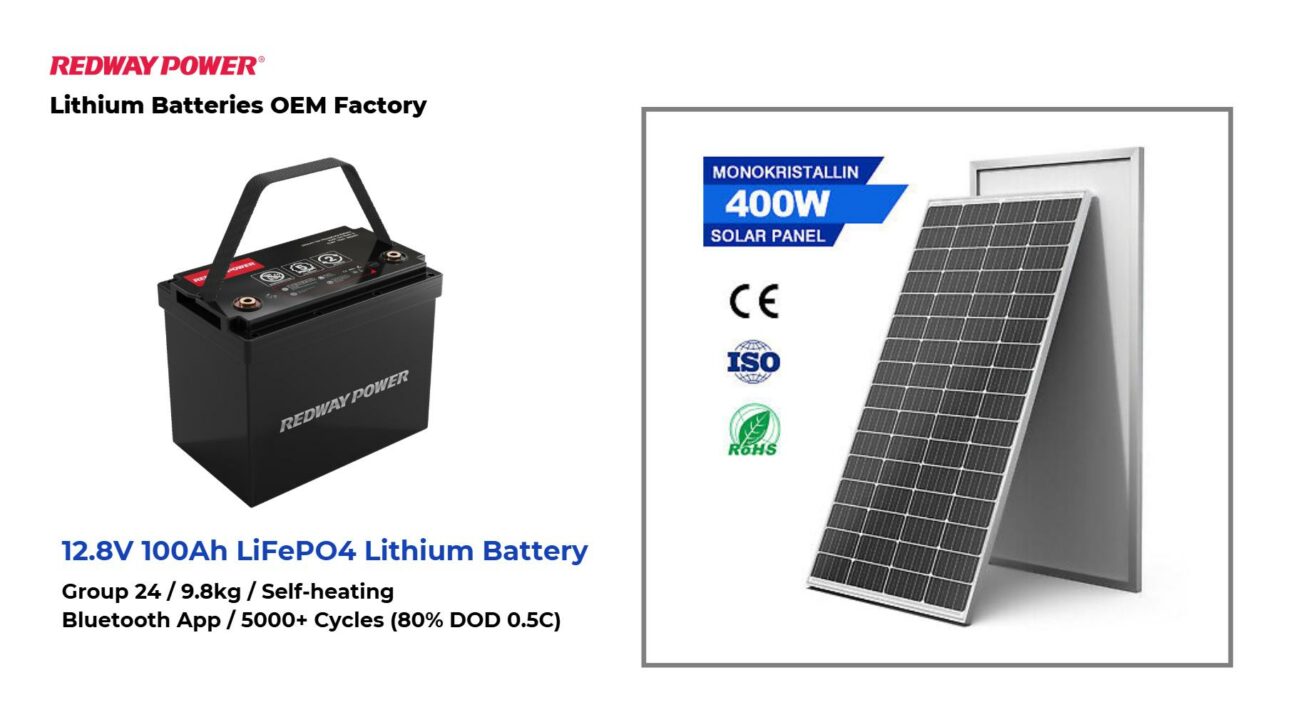To determine the number of solar panels required to charge a 100Ah battery, several critical factors must be assessed. These include the wattage and efficiency of the solar panels, regional solar insolation, and the desired charging time. Higher wattage panels and regions with abundant sunshine will require fewer panels. Furthermore, it’s essential to account for energy losses and inefficiencies in the charging process, recommending an increase in energy consumption by around 10% to 20% to compensate for these losses. By meticulously calculating the energy requirements and considering these factors, one can determine the appropriate number of solar panels needed to charge a 100Ah battery efficiently.
To charge a fully depleted 100Ah battery at 12V, you generally need one solar panel rated at about 300W under ideal conditions. This panel can produce approximately enough energy (1200Wh) in about four hours of sunlight to recharge the battery fully. Adjustments may be necessary based on weather and efficiency factors.
Understanding Battery Capacity and Energy Requirements
A 100Ah battery indicates a capacity of 100 ampere-hours. To convert this into watt-hours (Wh), which is a more useful metric for solar calculations, we use the formula:
Watt-hours (Wh)=Ampere-hours (Ah)×Voltage (V)
100Ah×12V=1200Wh
Thus, a fully charged 100Ah battery can store 1200 watt-hours of energy. To replenish this energy using solar panels, one must consider the solar panel specifications and the available sunlight.
Calculating Solar Panel Requirements
1. Determining Daily Energy Needs
First, we must determine the daily energy requirement to fully charge the battery. Assuming the battery is fully discharged, we need 1200Wh of energy.
2. Factoring in Solar Panel Efficiency
Solar panels do not convert 100% of sunlight into electricity. The average efficiency of modern solar panels ranges from 15% to 20%. For our calculations, we will assume an efficiency of 18%.
3. Considering Solar Insolation
Solar insolation refers to the amount of solar energy received per square meter per day. This value varies by location and time of year. For our calculations, we will use an average insolation of 4 peak sun hours per day, which is typical for many regions.
4. Adjusting for System Losses
Energy losses can occur due to various factors such as inverter efficiency, temperature losses, cable losses, and battery inefficiency. To account for these losses, we recommend increasing the required energy by 20%. Thus, the adjusted daily energy requirement becomes:
1200Wh×1.2=1440Wh
5. Calculating Solar Panel Output
To find out how much energy a solar panel can produce in a day, we use the formula:
Daily energy output=Panel wattage×Solar insolation\text{Daily energy output} = \text{Panel wattage} \times \text{Solar insolation}
For a standard 100W solar panel:
100W×4 hours/day=400Wh/day
6. Determining the Number of Panels
Finally, we calculate the number of solar panels required to meet the adjusted daily energy requirement:
Number of panels=Adjusted daily energy requirementDaily energy output per panel\text{Number of panels} = \frac{\text{Adjusted daily energy requirement}}{\text{Daily energy output per panel}}
Number of panels=1440Wh/400Wh/day=3.6
Since we cannot have a fraction of a panel, we round up to the nearest whole number. Therefore, 4 solar panels of 100W each are required to charge a 100Ah battery efficiently.
Factors Influencing Solar Panel Efficiency
Geographical Location
Geographical location significantly impacts solar panel efficiency. Regions closer to the equator receive more sunlight throughout the year compared to those at higher latitudes. Additionally, seasonal variations can affect the total solar insolation received.
Panel Orientation and Tilt
Optimal orientation and tilt of the solar panels can maximize their exposure to sunlight. Panels should be oriented towards the equator (south-facing in the northern hemisphere and north-facing in the southern hemisphere) and tilted at an angle equal to the latitude of the location.
Shading and Obstructions
Shading from trees, buildings, or other obstructions can significantly reduce the efficiency of solar panels. Ensuring a clear, unobstructed area for panel installation is crucial for maximizing energy production.
Panel Temperature
Solar panels operate more efficiently at cooler temperatures. High temperatures can reduce their output. Proper ventilation and installation practices can help mitigate temperature-related efficiency losses.
Selecting the Right Solar Panels
When choosing solar panels, consider the following factors:
Wattage and Size
Higher wattage panels produce more energy but may also be larger in size. It’s essential to balance the available installation space with the desired energy output.
Efficiency Ratings
Panels with higher efficiency ratings convert more sunlight into electricity, allowing for more energy production in a smaller space.
Durability and Warranty
Quality solar panels come with warranties of 25 years or more, ensuring long-term reliability and performance. Durability against environmental factors such as hail, wind, and snow is also critical.
Additional Components for a Solar Charging System
Charge Controller
A charge controller regulates the voltage and current coming from the solar panels to prevent overcharging and damage to the battery. MPPT (Maximum Power Point Tracking) charge controllers are more efficient than PWM (Pulse Width Modulation) controllers, especially in varying sunlight conditions.
Inverter
If the stored energy is to be used for AC appliances, an inverter is necessary to convert the DC power from the battery into AC power.
Battery Monitoring System
A battery monitoring system helps track the state of charge (SOC), voltage, current, and overall health of the battery, ensuring efficient and safe operation.
Can a 100 Watt Solar Panel Charge a 100AH Battery?
Conclusion
Determining the number of solar panels required to charge a 100Ah battery involves careful consideration of several factors, including the battery’s energy capacity, solar panel efficiency, regional solar insolation, and system losses. By accounting for these variables and using the provided calculations, we conclude that 4 solar panels of 100W each are necessary for an efficient and reliable solar charging system.
Understanding these principles ensures that your solar setup is both effective and optimized for your specific needs, providing sustainable and renewable energy solutions. As technology and efficiency continue to advance, solar power remains an increasingly viable option for energy independence and environmental stewardship.













